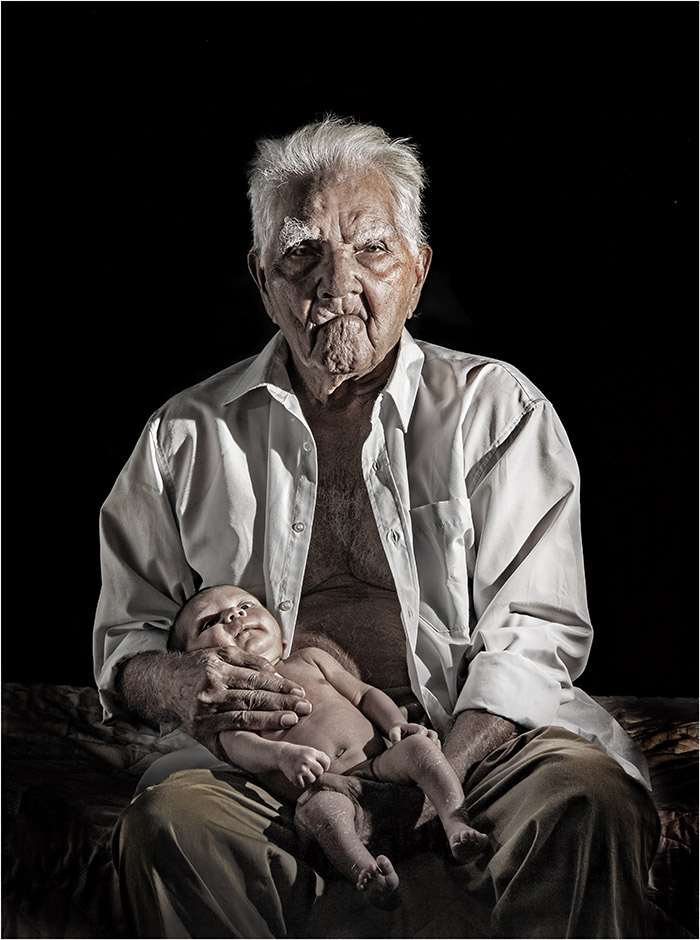I’ve had the pleasure of photographing Kuku Djungan elder Alfred Neal OAM on many occasions over the years.
Last week his one hundredth birthday was marked by a community celebratory event in the indigenous community of Yarrabah in far north Queensland.
Alf was born in the early 1920’s on his beloved country at Ngarrabullgan (Mount Mulligan) 100 kilometres west of Cairns. He was removed to the Yarrabah township near Cairns, baptised at the age of 2 and grew up in dormitories. His earliest memories were of learning white man law alongside the centuries long traditions of aboriginal lore. Alf sees his Aboriginal culture as the driving force and ‘best thing’ in his life.
The former bush lawyer and cane cutter, affectionately known by his family as “Popeye”, has long served as an advocate for indigenous rights. In 2019 Alf was awarded ‘Medal of the Order of Australia’ (OAM) for ‘Service to the Aboriginal community, particularly to the 1967 Referendum Campaign’. Alf was a member of the Aboriginal and Torres Strait Islander Advancement League and successfully waged a decade long fight for the referendum which resulted in Indigenous peoples recognition in Australia’s Constitution.
As late as April this year Alf was holding court with ‘Voice From The Heart’ campaign indigenous luminaries at the launch of the ‘Yarrabah Statement’ in the township … a commitment to see a constitutional enshrinement of a First Nations Voice.
With the help of his son Percy and family I made this image of Alf and his three week old great great grandson Kailan Murgha at their Yarrabah home two days before the community celebration of Alf’s centenary.
Image © Brian Cassey




